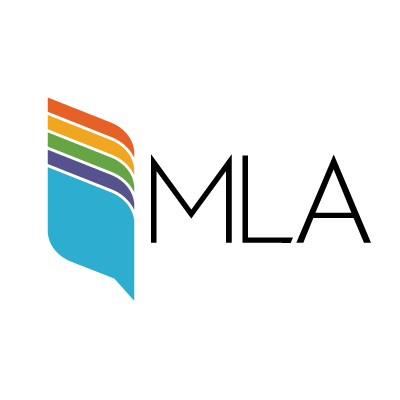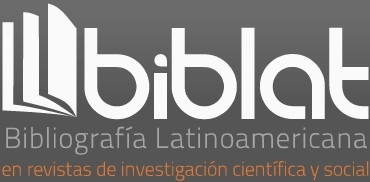Visual Semiotics: Great Paradigms and hard-line Tendencies
DOI:
https://doi.org/10.35494/topsem.2005.1.13.321Abstract
The objective of this article is three-fold: evaluate the global contribution of visual semiotics to semiotics itself, point out its particularities (and particularly its epistemological specificities), and sketch some of its lines of evolution. On occasion due to its very setbacks and from the hypotheses that have weighed on it from the beginning (such as its resemblance to art criticism), visual semiotics may have allowed perfecting important tools (hermeneutic procedures, concept of style) and authorized the debate on certain of the discipline’s major points (such as the debate on immanence and motivation).
Its present evolution shows some new paths that semiotics can take. Initially conducted from an internal point of view, visual semiotics today moves towards the social, and above all, towards the phenomenal and the cognitive. It in fact demands the inclusion of the sensorial modalities which, in fine will again permit the founding of a semiotics of the natural world.
Downloads
Downloads
Published
How to Cite
Issue
Section
License

Tópicos del Seminario is licensed under a Creative Commons Reconocimiento-NoComercial-CompartirIgual 4.0 Internacional License.














